Jun 15, 2022 | Anxiety, CBT, Meditation, Uncertainty
When you get stuck in negative emotions, try an Active Meditation!
Three reasons to try an Active Meditation
1. You don’t think you are good at sitting meditation
2. It frees you from negative thinking
3. It helps you to feel more grounded and clear-minded
Watch this video to learn how to do an Active meditation.
Click on this link to listen to my 10-minute guided active meditation.
Or you can listen to the guided active meditation on YouTube by clicking the video below!
Did you try the Active Meditation? How did it work for you?
I love to hear from you, share your thoughts or comments below!
Nov 20, 2020 | Anxiety, Children, Coronavirus, Holidays, Uncertainty
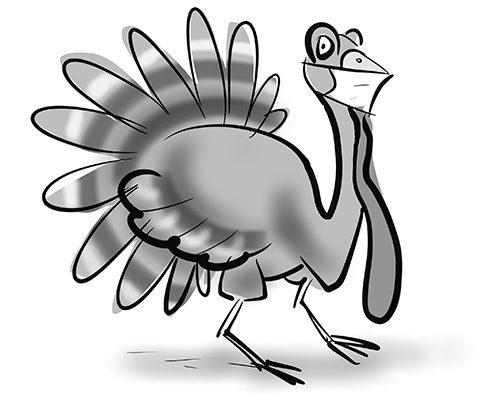
Last night I called my kids to let them know we would not be visiting them this holiday season. The call broke my heart. All three of them live in Washington State, and we had planned to rent a house up there for a couple of weeks so that we could have some cozy time together, making meals and playing games. The loss of not seeing them made me sad. I was also anxious making the call because I didn’t want to hurt their feelings. Maybe they would think we were overreacting, or worse yet that we did not care about them enough.
This holiday season, we have hard choices to make between our personal health versus our family and tribal bonds. We need both to survive, but right now you can’t have one without risking the other. Faced with decisions like this, we long for the normal holiday stress of the “good old days” before COVID.
Find your truth
The first step making decisions about family gatherings this year is to check in with ourselves and define our personal desires and boundaries. Who do you feel comfortable seeing if anyone? What restrictions are necessary to allow you to feel safe? …to keep your loved ones safe? Find your own truth with regard to these questions before you enter into any conversation with others. For help identifying your desires or where your boundaries lie, you can use a pros and cons list.
Express your truth
If you have boundaries that will require keeping loved ones at a longer distance, or perhaps not gathering together at all, the fear of disappointing them will arise. I knew I could not control how my kids felt when I told them we were not coming to visit; I could only control how I said it. It is useful to review the three steps to assertive communication. I define assertiveness as speaking my truth as clearly as possible, while being sensitive to the others person’s feelings, without taking responsibility for them. This can be a balancing act. Here are three steps to assertive communication.
Step 1. Start out with empathy and validation. For example, I could begin by saying, “Kids, we were really looking forward to visiting you for the holidays and I know you were looking forward to it as well.”
Step 2. State the problem. For example, “With COVID on the rise, we don’t feel comfortable traveling and possibly increasing our risk of contracting the virus.”
Step 3. Define clearly what you want to do. For example, “We have decided we are not going to come up during the holidays this year. We can plan a special get together once a vaccine is available, or we could plan a shorter visit once COVID in better under control.
The right decision
After reducing the increased risk of contagion, I was left with the risk of my children’s disappointment over our decision. We so often get hung up thinking that the right decision is one where we can eliminate all risk, guarantee a happy ending. But there is no “right” decision between the risk of getting sick and the risk of hurting people’s feelings. Everyone’s situation is unique to them, and the “rightness” of our choice depends on whether we’ve examined ourselves enough to know our truth and found the courage to express it.
For me, the right decision was to speak my truth and keeping an open heart, even though it hurt. This pain is what makes us human. It is what we have in common. And ultimately our capacity to feel it will keep us connected to one another, whether we can see each other this holiday season or not.
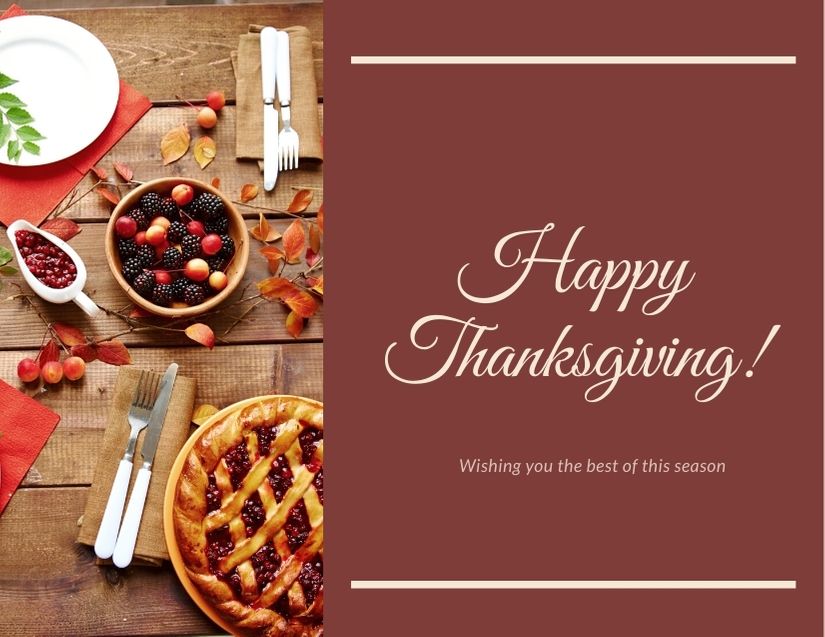
Oct 23, 2020 | Anxiety, Election, Fear, Uncertainty
 “If we lose, I just don’t know whether the country can survive,” my client said. “Things are getting too crazy.” I heard those words before. From clients of the opposite party. The upcoming election has become every American’s—Republicans and Democrats, therapists, and clients— worry number one. To many of us, the idea of losing feels like an existential threat, one that is igniting core fears about our health, our safety, our connections with our loved ones and community. We may be donating time and/or money to our campaign of choice, but it doesn’t feel like enough. We’re still getting regular doses of fight-or-flight neurochemicals and hormones urging us to, Do something! Make certain everything will be OK! So, what are we to do?
“If we lose, I just don’t know whether the country can survive,” my client said. “Things are getting too crazy.” I heard those words before. From clients of the opposite party. The upcoming election has become every American’s—Republicans and Democrats, therapists, and clients— worry number one. To many of us, the idea of losing feels like an existential threat, one that is igniting core fears about our health, our safety, our connections with our loved ones and community. We may be donating time and/or money to our campaign of choice, but it doesn’t feel like enough. We’re still getting regular doses of fight-or-flight neurochemicals and hormones urging us to, Do something! Make certain everything will be OK! So, what are we to do?
Like any worry, election uncertainty is best addressed with a clear strategy. Trying to “wing it” while we are hijacked by the monkey mind won’t get us the peace we’re looking for. When working with my clients, and working with myself, I’ve found the following 3 essential strategies to be most effective.
1. Adopt an Expansive Mindset. When faced with an uncertain outcome like the upcoming election, our mind’s tendency is to contract around all the negative outcomes that may happen—the possibility of losing, disputed vote counts, widespread litigation, protests, and social unrest. If we think we can only rest and relax once these negative outcomes are eliminated, we’ll burn ourselves out with ineffectual activity and worry. To counter this tendency, make an intention to allow unresolved possibilities to remain unresolved. For example: Once I’ve done what is within my control, I will accept the uncertainty that remains.
2. Curb the Urge. Notice the ineffectual activity you’re impulsively engaging in trying to gain certainty about the election—and curb it! Constantly checking news feeds for signs that your side is winning, name-calling, trying to convince others that they are wrong, and replaying political talking points repeatedly in your head—all certainty-seeking behaviors—are triggered by our overactive limbic system, and they only feed the cycle of worry and anxiety. When we curb the urge to reassure ourselves instead, we are cultivating a new expansive mindset, demonstrating to ourselves that we can tolerate uncertainty. Which brings us to our last essential strategy.
3. Welcome Negative Emotion. While the emotions that accompany uncertainty may feel unbearable, resisting or distracting ourselves from them bring only temporary relief; they inevitably show up again, banging on our door to be let in. Treat these emotions as you would a guest, welcoming them by name. Hello, Anger. Come on in, Dread! Use your breath to open up space in your body, space for these feelings to play themselves out. Contrary to what you think, fight-or-flight neurochemicals and hormones do metabolize on their own! To help this process along, redirect your thoughts back to your expansive mindset, which accepts everything you can’t directly control, including your own fears.
Note that each of these three strategies is equally essential. They just don’t work well without each other. It’s a tall order, I know— like learning to juggle three balls in the air. And that last ball may sound more like juggling a chainsaw! But the good news is that the skills you will gain practicing these three strategies will help you learn to relax in the middle of this election’s chaos, so you’ll be more likely to take the wise action that is called for. And moving forward into 2021, you’ll find that using these strategies will bring more peace and clarity to the rest of your life as well. There is no uncertainty too big, or too small, for anyone using these 3 essential steps to master.
Click here to listen to a guided meditation that helps us learn to relax in the midst of uncertainty.
This article first appeared on the ADAA website.
Aug 3, 2020 | Anxiety, Coronavirus, Uncertainty
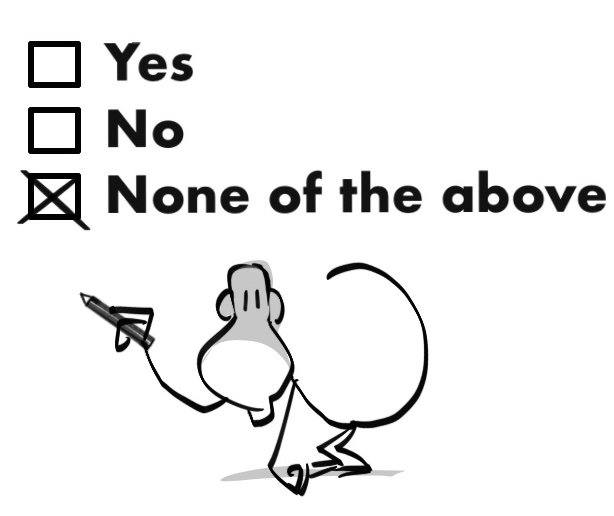
Should I return to the office…Get my haircut…Send my kids back to school?
My client Tom had been working from home since the pandemic hit in March, but now his boss had set a date for returning to the office, in only three weeks. Tom felt anxious about prolonged exposure to his co-workers, as his partner had an underlying health condition. He was stuck on what to do. Should he negotiate to continue working from home, or comply with his boss’s request to go back to the office? One choice could put his job at risk, the other his partner’s health.
When there is no downside to a decision, we can feel confident about our choice. But many of the decisions we face today have pros and cons, complex situations like school options for our children, vacation and wedding trips, and making doctor and dentist appointments. Our limbic system is designed to warn us away from negative consequences with negative emotions like anxiety and fear. The only agenda of this monkey mind is safety.
Trying to please the monkey keeps us stuck in a loop of worry and indecision. Before we can make complex decisions with confidence, we need to understand that our purpose is not to eliminate choices that have cons, but to accept the uncertainty that accompanies them.
4-Step Decision Making Protocol
To help my clients move from of obsessive worry to confident decision-making, I’ve developed this 4-step decision making protocol.
Step 1. In two separate columns, write down the pros and cons for one of your choices. My client did this for returning to the office.

Step 2. Assign a numerical importance to each pro and con, on a scale of: 3=Very Important, 2=Important, 1= Somewhat Important. Don’t overlook this step; not all reasons are equal. Tom had more pros than cons, but putting a numerical value on each helped him weigh the importance of each.

Step 3. Total up each column.
Pros 4, Cons 6. For Tom, clearly the cons of returning to the office outweighed the pros.
Step 4. Make a final decision.
Tom decided he would negotiate with his boss to continue to work from home. This triggered anxiety about displeasing his boss and appearing demanding, but the exercise he’d done had convinced him he’d chosen as wisely as was possible. Rather than retreating from his decision, Tom chose to accept the cons that came with negotiating with his boss.
Accept Uncertainty = Confidence
The confidence that Tom sought could only be gained by standing up for his choice, owning it, despite the uncertainty of the outcome. Only when we accept the risk inherent in every choice, can we grow from the decisions we make. This is how to make the “right” decision and how to gain true confidence in ourselves.
Download a printable Pros and Cons Worksheet here!
Jul 1, 2020 | Anxiety, Uncertainty
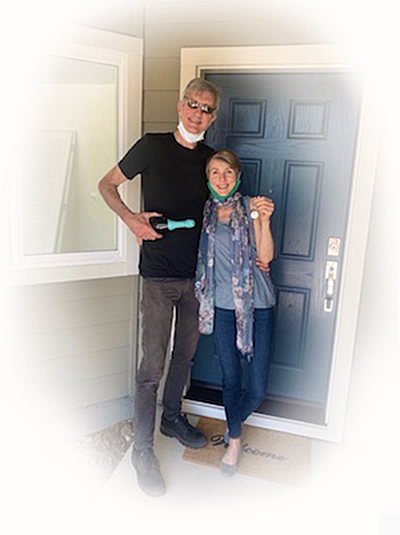
This week, after two and a half years of waiting, my husband and I were given the keys to our rebuilt condo that burned to the ground in the Tubbs fire. It’s beautiful, spacious, full of light, better than before, and being a real “homebody”, I was bursting with joy. Until Friday afternoon, that is, when I checked my e-mail.
Our insurance agent announced that his company was dropping our fire and earthquake insurance! My happiness vanished in an instant, and was immediately replaced by anxiety. I’d heard about other insurance companies refusing coverage in our area; if our company wouldn’t insure us, who would? What if there were an earthquake or another fire when we weren’t insured? Woo, woo, woo! My monkey mind was going wild. And my beautiful new home felt cold and dark.
My husband seemed to be taking the news in stride, which annoyed me. I wanted so badly to fix the problem immediately. What is wrong with him? Lying in bed, I wondered whether I’d be able to sleep that night. I needed expert help to deal with this. So, I got out of bed and had a little therapy session with myself.
Step 1: First, I identified the monkey mindset that was activated: Unless you are certain you are safe from loss, you cannot rest. My thinking this way meant that my peace of mind depended on the decision of a big insurance company, something I couldn’t control. I wanted to be able to feel at home even if I was uncertain about the future of my insurance coverage. The expansive mindset that I wanted was, I can accept what is beyond my direct control.
Step 2: While I had come up with a better way to conceptualize my situation, I still felt a powerful urge to do something. But everything being beyond my direct control, the only action I could take was to ask for help from someone who had some control. I decided to shop for another broker and call the state insurance commission first thing on Monday. That meant a whole weekend of waiting to act, but that was the best plan I could think of, and I’d have to curb my sense of urgency until then.
Step 3: Now I had a new mind-set and an action plan, but predictably, when I got back in bed my anxiety returned. My monkey mind was reminding me that a disaster could strike again, like it had in my past, and if I could not get insurance coverage, I’d be devastated. True enough, thank you, monkey! Then I reminded myself it was normal to feel anxious in my situation, so I didn’t need to resist it. To help keep my mind from returning to the mental story of impending disaster without insurance, I focused my attention on my body, breathing into the discomfort with compassion. And eventually I fell asleep.
The next morning, I woke up to a beautiful, spacious, new home with sunlight streaming in the windows. Nothing external had changed, I still didn’t know whether we’d be able to insure our new home. But uncertain as the future was, I felt grateful for what I had right now, in that moment.
In a world of uncertainty where loss is always threatening, it’s so easy to lose our awareness of the essential miracle of being alive in the present moment. While we want to be grateful for that miracle, when we are hijacked by the monkey mind, we take it for granted. Whatever potential loss is preoccupying us right now—health, social connection, family, job or finances—the three steps to gratitude are always available. 1) Unconditionally accept the uncertainty that is part of life, 2) curb the urge to act compulsively and make plans to address problems as needed, and 3) welcome the emotions that arise and allow them to metabolize on their own. Like a dance, we need to take these steps again and again until they become our default way of living. It’s the only way to live with the monkey mind!
Jan 16, 2020 | Control, Decisions, Uncertainty
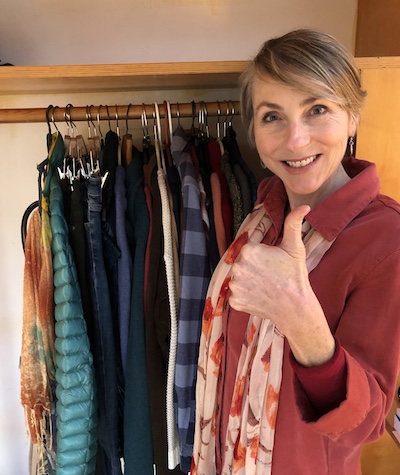
I have always been intrigued by the Tiny House movement, fantasizing about what it would be like to live with less, embracing simplicity. Well, now I get to live my fantasy, at least for a couple of months. My husband and I are renting a very small cottage—less than three hundred square feet—while we wait for the condo we lost to the Tubbs wildfire to be finished, and I am excited! The home we are moving into, though tiny, has a simple elegance and its surrounded by gardens and oaks. I place a high value on living with less and creating more simplicity, but actually doing it is a challenge in our materialistic society. Here’s my chance!
This past week we have been packing up what we’ve accumulated in the past two years, and despite our intention toward mindful purchasing, damn, we have a lot of stuff! Recently I read about Project 333, where you whittle down your wardrobe to 33 items of clothing, including shoes, (excluding underwear), to wear for three months, after which you can swap out. Since there is only a very tiny closet for both my husband and I to share, I’ve signed on to Project 333. Going through my closet, I filled two large plastic garbage bags with clothes to store away and still was twenty items over! I had to fill one more smaller bag to get under the limit of 33.
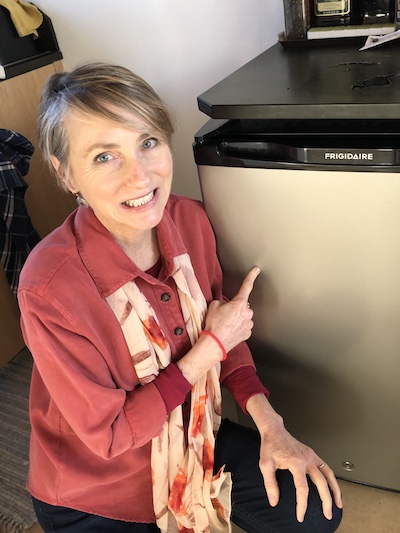
I am also scared! The refrigerator is dorm size, there is no washer or dryer, and there are no doors to shut other than to the one bathroom. I love my own privacy and personal space but I’m determined to be open to the frustrations, loss, and disruption I expect to encounter, just as open as I am to the simplicity, beauty and unexpected joys I expect to encounter. This is the stance I want to cultivate in my life. By intentionally choosing this challenge I hope to develop a sense of peace and presence that doesn’t depend on the size roof I have over my head.
Do you care to join me? Not living in the tiny house of course! I mean to join me in choosing to live with less this month. Here are a few tiny adventure ideas you could try for 30 days:
You could join me in Project 333
Clear out your fridge and only use ½ of the space.
Put away half of the gadgets on your kitchen counter, or work desk.
Put away a dozen decorations that you have around your house.
Put away the kitchen utensils you rarely use.
If you have children, you might include them in this experiment and have them pick out 30% of their toys to store away for one month.
If you choose a tiny adventure of living with less, please post your comments!



 “If we lose, I just don’t know whether the country can survive,” my client said. “Things are getting too crazy.” I heard those words before. From clients of the opposite party. The upcoming election has become every American’s—Republicans and Democrats, therapists, and clients— worry number one. To many of us, the idea of losing feels like an existential threat, one that is igniting core fears about our health, our safety, our connections with our loved ones and community. We may be donating time and/or money to our campaign of choice, but it doesn’t feel like enough. We’re still getting regular doses of fight-or-flight neurochemicals and hormones urging us to, Do something! Make certain everything will be OK! So, what are we to do?
“If we lose, I just don’t know whether the country can survive,” my client said. “Things are getting too crazy.” I heard those words before. From clients of the opposite party. The upcoming election has become every American’s—Republicans and Democrats, therapists, and clients— worry number one. To many of us, the idea of losing feels like an existential threat, one that is igniting core fears about our health, our safety, our connections with our loved ones and community. We may be donating time and/or money to our campaign of choice, but it doesn’t feel like enough. We’re still getting regular doses of fight-or-flight neurochemicals and hormones urging us to, Do something! Make certain everything will be OK! So, what are we to do?






Recent Comments